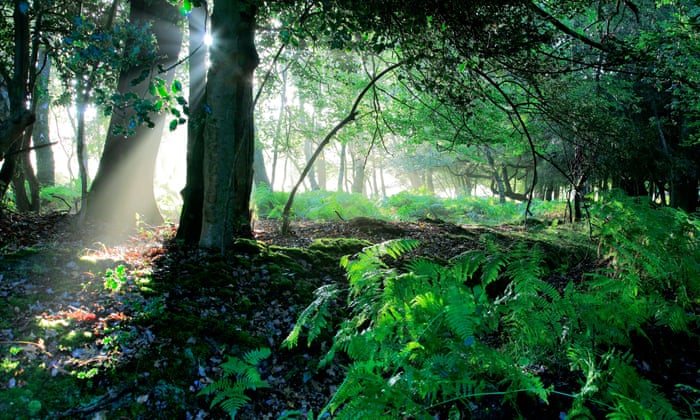
There are a few colors that I adore. I love the first dark flashes of Baltic blue-black on the horizon when I’m driving toward the Gulf of Mexico. I love the glaring green of a “go” traffic light against a bruise-colored, stormy summer sky.
More than anything, though, I love the bright yellow-green spatters of the first pecan leaves every spring. Like globs of paint flung straight from Monet’s palette, they are to me the surest sign that winter has left the building and that long days and hot weather are on the way.
Scientists say that that when human beings see the color green and interact with nature, our bodies manifest chemical and psychological signs of reduced stress.According to an article published on Thursday by CityLab, one Texas company is trying to quantify for cities the dollar amounts that trees are worth in their combined capacities as air-scrubbers, noise-pollution reducers, neighborhood beautifiers and natural stress relievers.
“Lower cortisol is given off when you see green,” said i-Tree founder David Nowak. “We want to develop an index of how much green you can see from any given point in a city, how your body reacts to it, and what the economic value is.”
Satellite imaging shows that cities with more trees are cooler on average, have less air pollution and – as a result – fewer instances of respiratory-related illnesses. Cooler temperatures mean less energy used in the summer and more trees means higher property values.
All of that aside, and as well-intentioned as Nowak may be, there is something absolutely unquantifiable about the benefits of living near trees.
Read more here.


















